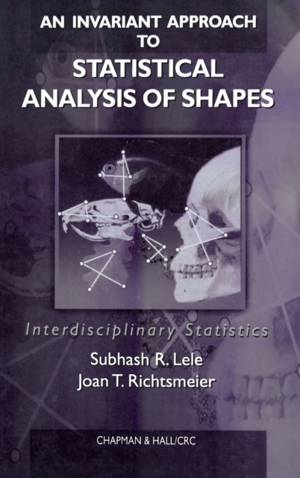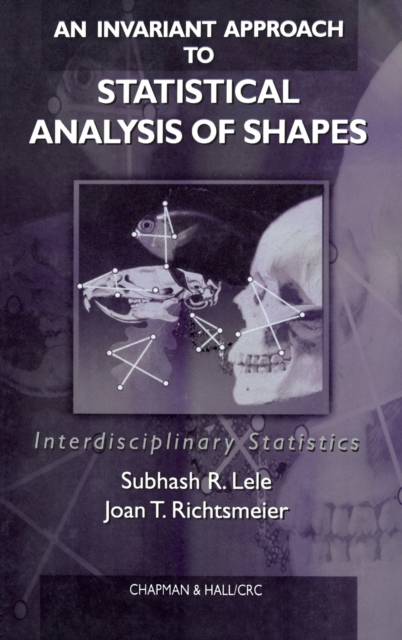
- Retrait gratuit dans votre magasin Club
- 7.000.000 titres dans notre catalogue
- Payer en toute sécurité
- Toujours un magasin près de chez vous
- Retrait gratuit dans votre magasin Club
- 7.000.0000 titres dans notre catalogue
- Payer en toute sécurité
- Toujours un magasin près de chez vous
320,95 €
+ 641 points
Format
Description
"Morphometrics has only recently begun to consider the invariance principle and its implications for the study of biological forms. An Invariant Approach to the Statistical Analysis of Shapes develops a methodology that addresses the importance of scientific relevance, biological variability, and invariance of the statistical and scientific inferences with respect to the arbitrary choice of the coordinate system. With the advantage of the perspectives of both a mathematical statistician and a biologist, this book stands as a unique and important work that brings a decade's worth of innovative methods, observations, and insights to audiences from both fields.
Spécifications
Parties prenantes
- Auteur(s) :
- Editeur:
Contenu
- Nombre de pages :
- 322
- Langue:
- Anglais
- Collection :
Caractéristiques
- EAN:
- 9780849303197
- Date de parution :
- 19-01-01
- Format:
- Livre relié
- Format numérique:
- Genaaid
- Dimensions :
- 156 mm x 234 mm
- Poids :
- 630 g

Les avis
Nous publions uniquement les avis qui respectent les conditions requises. Consultez nos conditions pour les avis.






